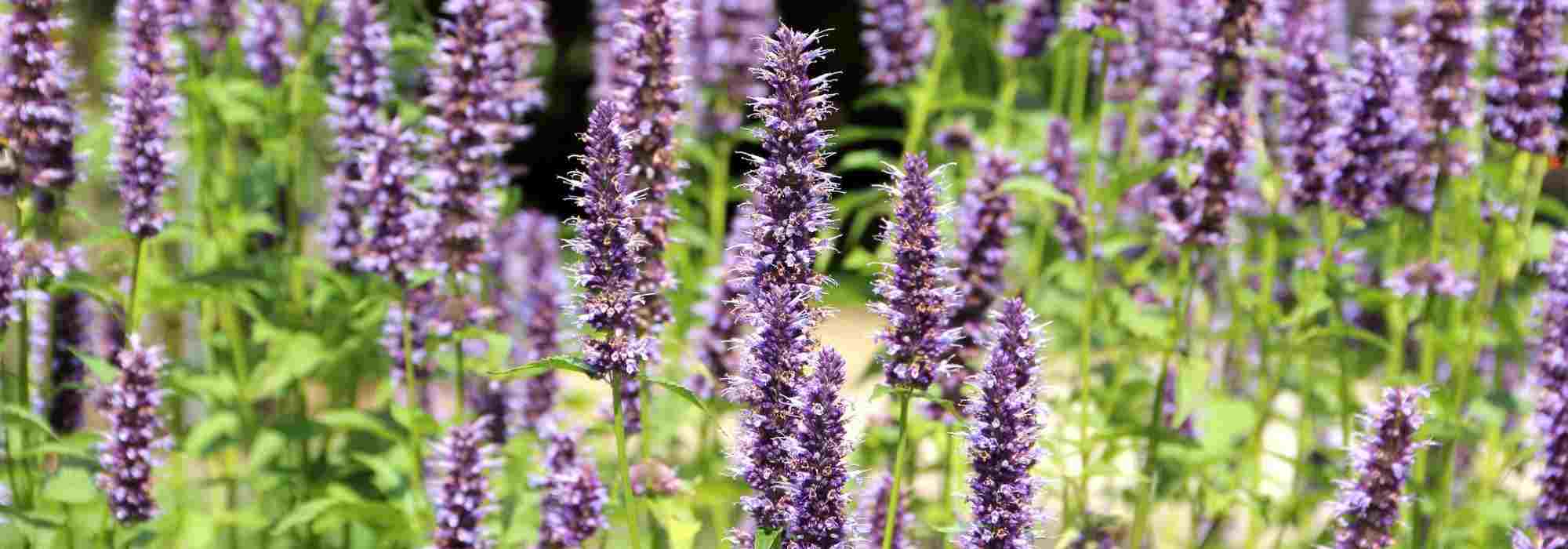
How to grow Agastache in a pot?
on a a terrace or a balcony
Contents
Melliferous plant highly valued by pollinating insects for its nectar, the genus Agastache comprises around thirty species, the most well-known being Agastache rugosa and Agastache foeniculum. This perennial has many advantages. Its floral spikes in shades of purple, pink, red, orange, or white brighten up our gardens, terraces, and balconies for many months. Edible and fragrant, it is used for its medicinal properties or in cooking to flavour dishes. Some varieties are perfectly suited for pot planting. So don’t hesitate any longer and discover our tips for successfully growing your pots of Agastaches with scents of anise, mint, and liquorice!
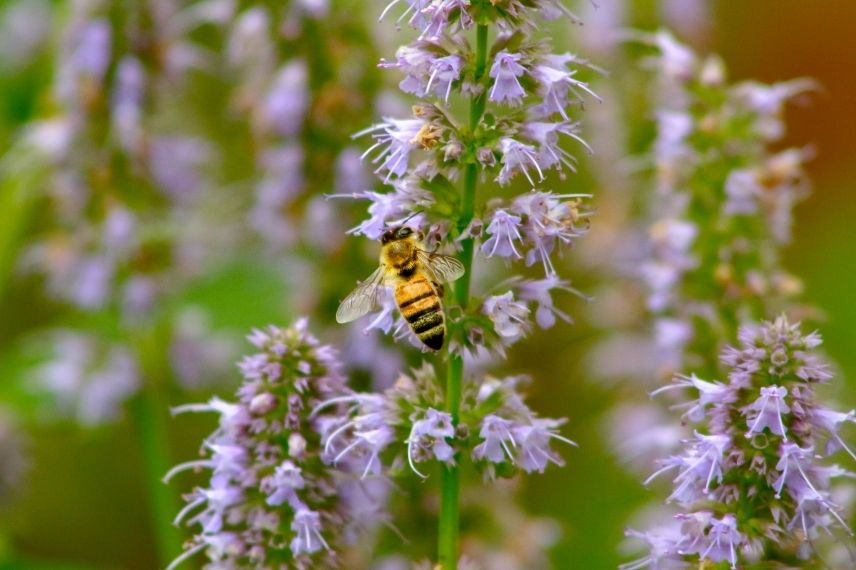
What type of pot to choose?
Ideally, choose terracotta pots with a diameter between 30 and 50 cm. Generally, these pots are drilled at the bottom to allow excess water to drain during watering or rainy weather. Avoid plastic pots, as they are not porous and therefore less breathable than terracotta pots, making them more suitable for heat- and moisture-loving plants.
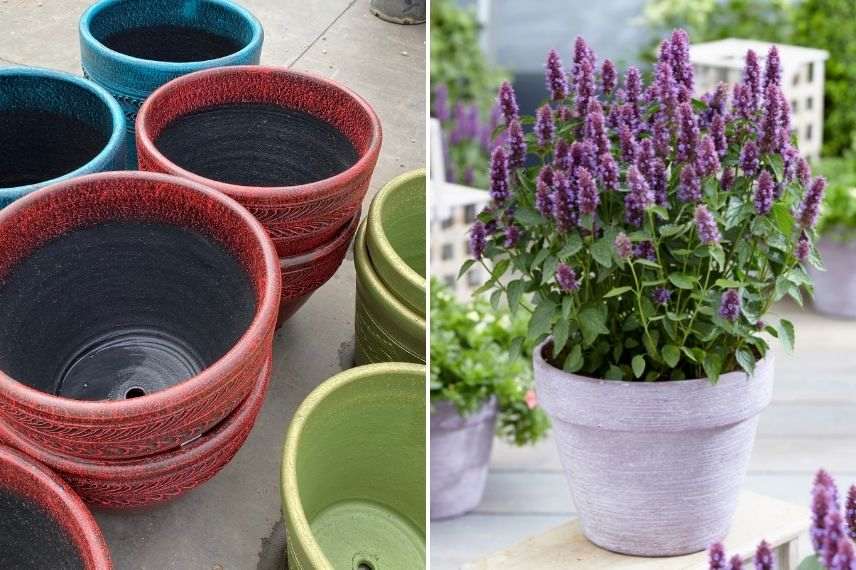
Terracotta pots
What soil to use for Agastache in pots?
Even though Agastaches prefer a well-drained, light, and rich substrate, ordinary or poor soils are also suitable for them. Additionally, they have a preference for rather calcareous soils. Prepare a mix of 50% garden soil, 40% compost, and 10% river sand. If necessary, the compost and sand can be replaced with potting compost. In any case, ensure that the substrate is light, well-drained, and does not retain water. Excess moisture at the root level may suffocate it and lead to fungal diseases. However, only Agastache rugosa is more tolerant of heavy, clayey, and wet soils.
Discover other Agastache
View all →Available in 1 sizes
Available in 1 sizes
Available in 1 sizes
Available in 1 sizes
Available in 1 sizes
Available in 2 sizes
Available in 2 sizes
Available in 1 sizes
Available in 2 sizes
Available in 1 sizes
Which Agastache to choose?
Low varieties are the most suitable for pot planting. In warm shades and small sizes, you can mention Agastache aurantiaca ‘Tango’, ‘Kudos Gold’, ‘Kudos Coral’, ‘Kudos Mandarin’ and ‘Summer Sunset’.
If you prefer purple and pink colours, varieties not exceeding 50-60 cm in height such as ‘Beelicious Purple’, ‘Kudos Silver Blue’, ‘Poquito Lavender’, ‘Kudos Ambrosia’ and the tallest ‘Cotton Candy’ will delight you.
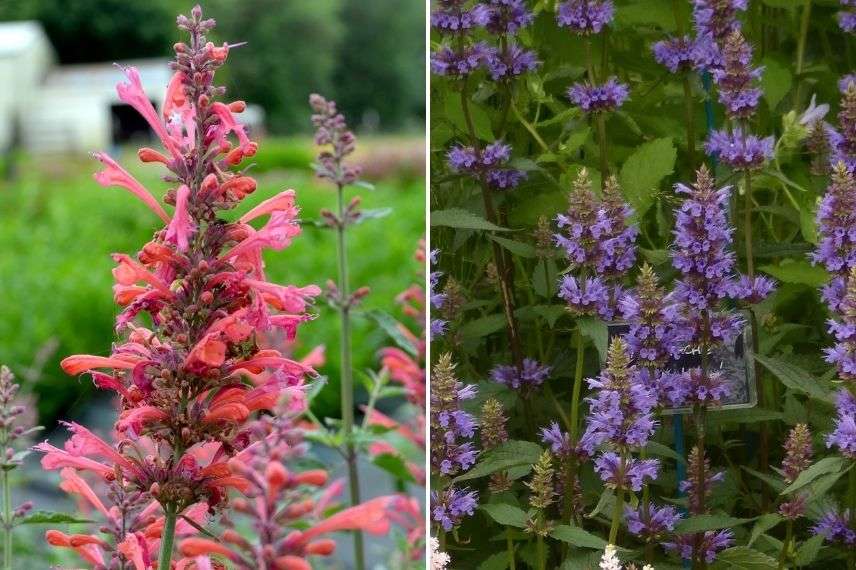
On the left, Agastache ‘Kudos Coral’ and on the right Agastache ‘Beelicious Purple’
Read also
How to take cuttings from Agastache?When and how to grow Agastache in pots?
Potting of Agastache generally takes place in spring from April to May or in autumn from October to November. Potting during extreme heat or frost could be fatal for it.
- Moisten the root ball by submerging it for a few minutes in a bucket of water and wait for all the trapped air in the root ball to escape.
- In the meantime, place a layer of clay pebbles or gravel at the bottom of the pot.
- Cover with substrate and create a hole to accommodate your young plant.
- Remove your Agastache from its pot, gently untangle the roots if they form a too compact mass.
- Position the Agastache.
- Fill the empty spaces with your mix.
- Firm down and water.
When and how to sow Agastache for future pot cultivation?
Agastache seeds should be sown indoors from February to April.
- In a seed tray or mini greenhouse, place a drainage layer of gravel at the bottom, then fill with special seed compost. Moisten and firm your substrate.
- Sow the seeds evenly, not too densely.
- Finally, sprinkle a very fine layer of compost and gently firm down again.
- Water using a spray bottle.
- Cover with a lid and place your tray in a warm (around 20°C) and bright location.
- Keep your sowing moist until the seeds germinate (10 to 15 days). Remember to ventilate by occasionally removing the lid.
- Transplant into individual buckets when the plants reach 5 to 10 cm in height.
- When the plants are well-developed and all risk of frost has passed, you can plant them in pots or in the garden by mid-May.
Note that it is also possible to propagate Agastaches by propagation by cuttings of semi-woody stems in August. You can find out more by consulting our guide How to propagate Agastache?
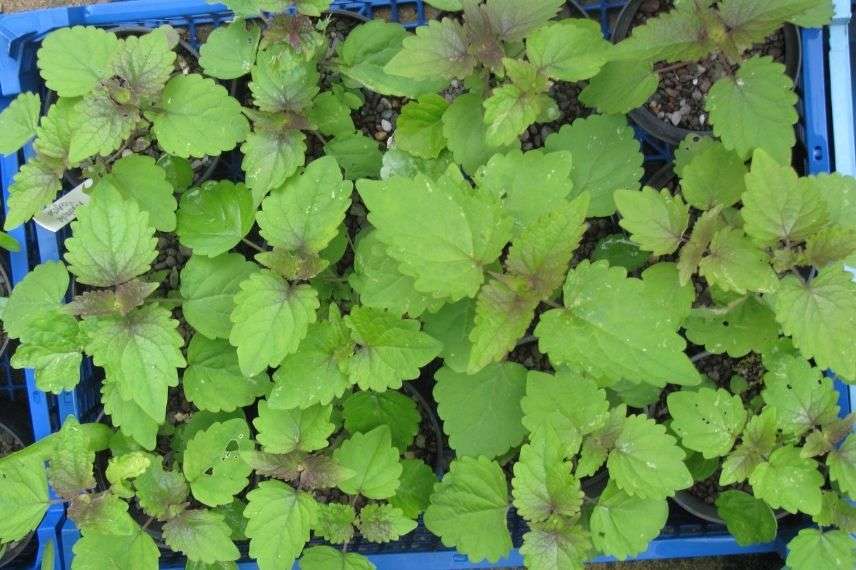
Young plants of Agastache rugosa (photo Peganum – Flickr)
What exposure does Agastache require?
Agastache thrives in sunny situations where its fragrance becomes more intense and its flowering even more generous. In very dry regions, with low rainfall or during periods of intense heat, it is advisable to place the pot in partial shade. The least hardy varieties should be protected from cold winds, for example by placing them against a wall.
How to care for Agastache in pots?
- Watering
Even though they have good drought resistance, potted Agastaches need to be watered regularly. Do not let the soil dry out before watering. It is well known that container substrates dry out faster than garden soil. You may consider applying a mulch to retain some moisture during summer. Remember to empty the saucer of your pot if water is pooling in it.
- Fertiliser application
Agastache does not require fertiliser. This would cause it to grow excessively, leading to sprawling stems that detract from its beautiful upright habit.
- Pruning
To extend its flowering, cut off faded flowers throughout summer until October. You can also collect seeds from the flower spikes for future sowing in trays. In early spring, before new growth begins, it is time to cut back the dry stems to ground level.
- Pinching
To encourage Agastache to branch out and become denser and more homogeneous, perform pinching (removing the tips of the stems) once or twice in spring. This is especially necessary for the taller species such as rugosa and foeniculum.
- Repotting
At the end of winter, in April, it is time to repot your Agastache into a larger pot (one size up) with a new nutrient-rich substrate.
- Wintering
As soon as the first frosts are forecast, place your pot in a sheltered spot in a bright, unheated area, such as a conservatory or a garage with windows.
- Possible diseases and pests
In dry, hot weather, Agastache can be affected by powdery mildew, which appears as a white mould on the foliage. For more information, check our advice sheet Powdery mildew or white disease.
Slugs and snails are its main enemies. Discover our tips Slugs: 7 ways to fight effectively and naturally.
To go further
Discover all our Agastache varieties on our site.
Our tips on Agastache: planting, growing and maintaining.
Explore our articles:
- Subscribe!
- Contents
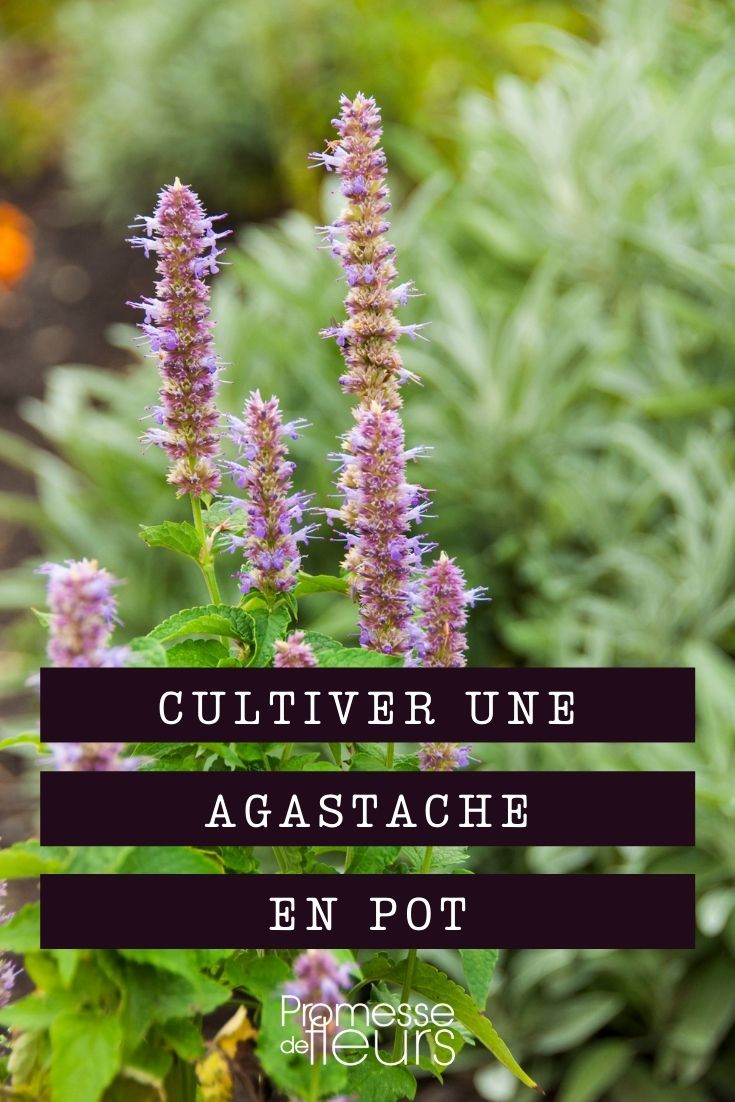































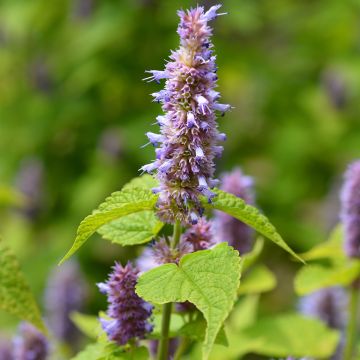
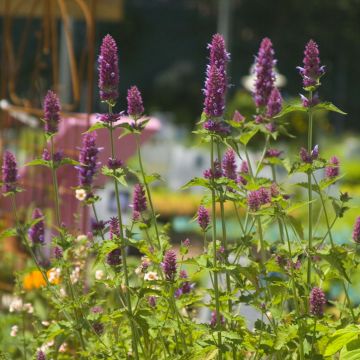
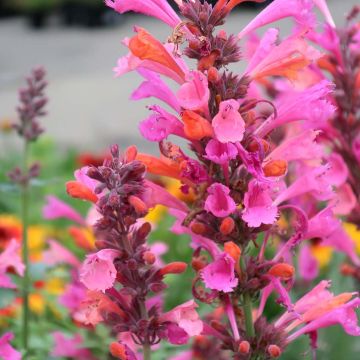
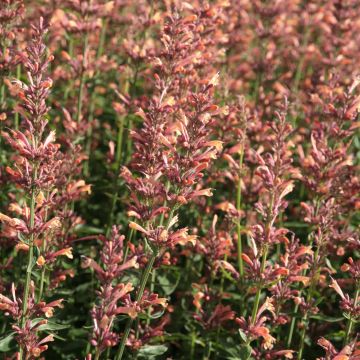
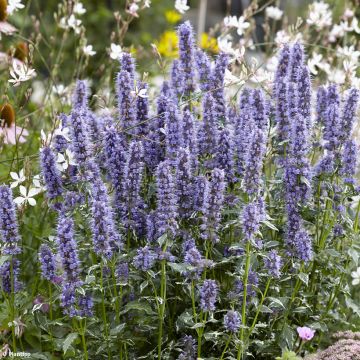
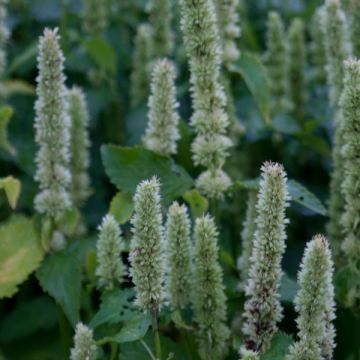
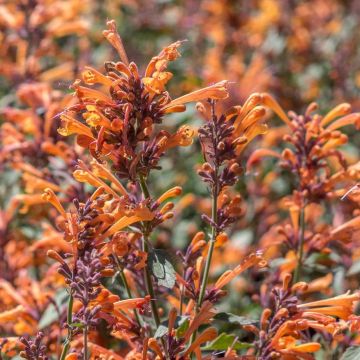
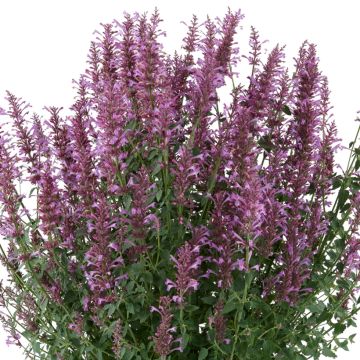
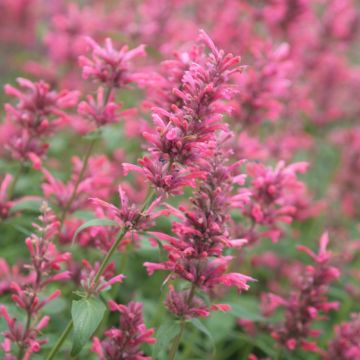
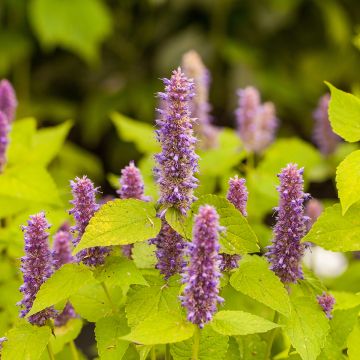
Comments